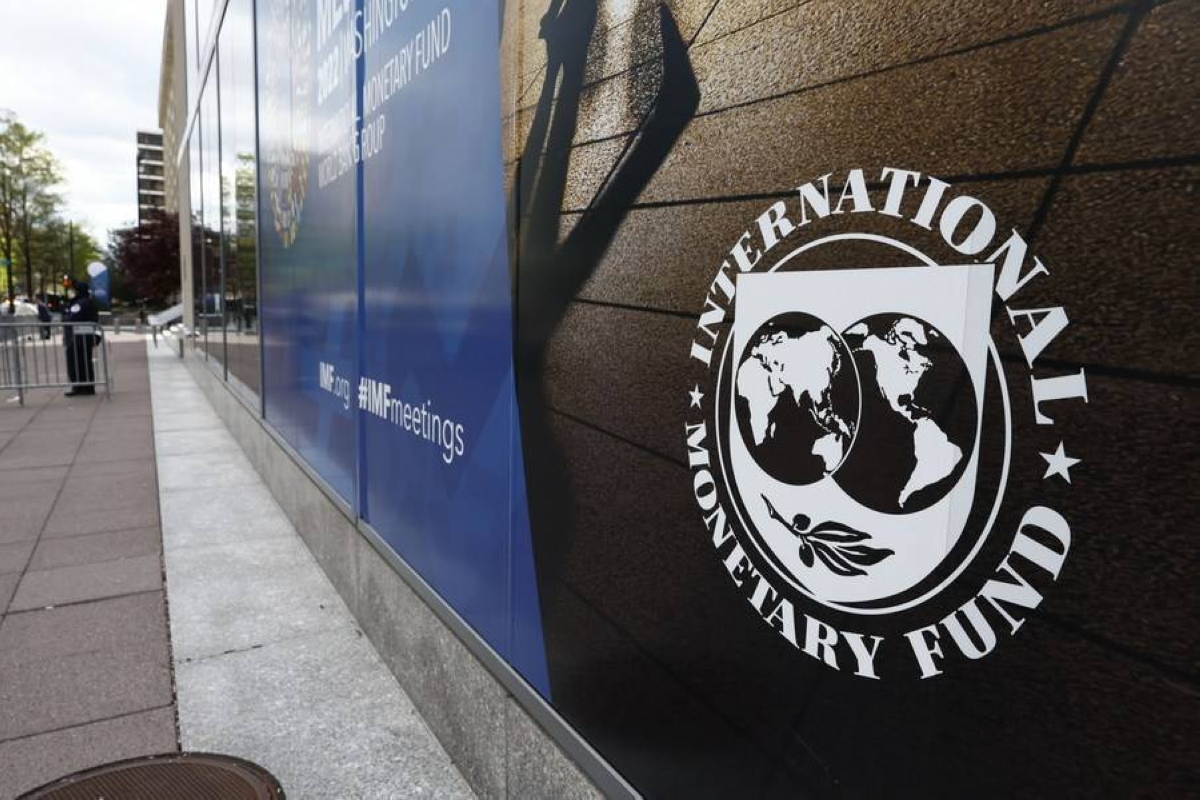DOH Projects HIV Cases in the Philippines to Exceed 400,000 by 2030
The DOH warns HIV cases in the Philippines could exceed 400,000 by 2030 without improved prevention and support services. Key measures include better health literacy, routine testing, and early treatment.

The Department of Health (DOH) has issued a stark warning about the projected rise in the number of Filipinos living with human immunodeficiency virus (HIV), estimating that the figure could surpass 400,000 by the year 2030 if current trends continue unchecked.
In a recent statement, the DOH highlighted that without significant improvements in HIV/AIDS prevention services and support for people living with HIV (PLHIV), the number of cases could increase dramatically.
"The projected number of Filipinos living with HIV may increase significantly by 2030, from an estimated 215,400 in 2024, to 401,700, should there be no improvement in the services for HIV/AIDS prevention in general and PLHIV support in particular," stated the DOH.
Current Statistics and Trends
According to the latest HIV and AIDS Registry of the Philippines (HARP) report, the country has diagnosed a total of 129,772 HIV cases from 1984 to March 2024. Of these cases, 34 percent are located in the National Capital Region (NCR) with 43,534 cases, followed by Calabarzon (21,520), Central Luzon (13,522), and Central Visayas (10,522).
The DOH report also noted that 82 percent of the total cases involve males having sex with males (MSM). Alarmingly, nearly half (47 percent) of the MSM cases are among the youth aged 15 to 24 years old.
Urgent Call to Action
The DOH emphasized the critical need for the Philippines to implement comprehensive measures to curb the HIV epidemic. Key actions include:
- Improving Health Literacy: Providing age- and culture-appropriate information and commodities for safe sex practices.
- Routine HIV Testing: Integrating regular HIV testing into primary care services.
- Early Access to Treatment: Ensuring early access to antiretrovirals for those diagnosed with HIV.
The DOH underscores that these measures are essential to preventing the further spread of HIV and supporting those already affected.
















